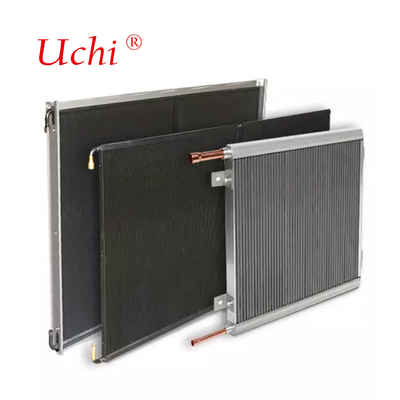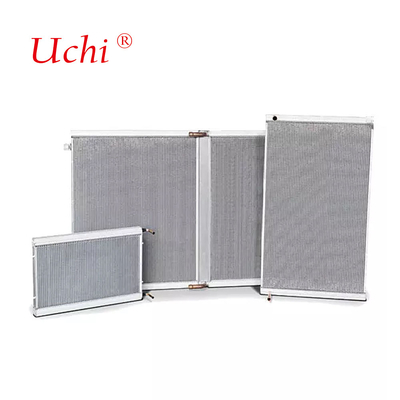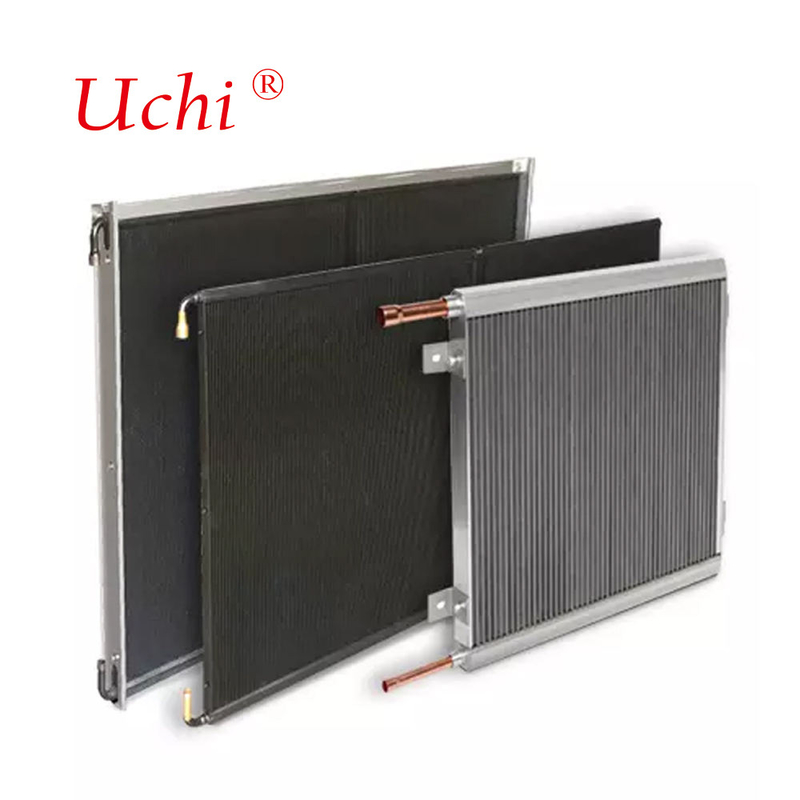Microchannel Heat Exchangers For Fuel Cells Solar Thermal Energy Liquid Cooling Of Chips
Product Details:
| Place of Origin: | Dongguan,Guangdong,China |
| Brand Name: | Uchi |
| Certification: | Processor |
| Model Number: | MHE034 |
Payment & Shipping Terms:
| Minimum Order Quantity: | 1000pcs |
|---|---|
| Price: | Negotiable |
| Delivery Time: | 2weeks |
| Payment Terms: | T/T,paypal, Western Union, MoneyGram |
| Supply Ability: | 50000000pcs per Month |
|
Detail Information |
|||
| Type: | Plate Heat Exchanger | Voltage: | 220v-380v |
|---|---|---|---|
| Usage: | Cold Room Refrigerant | Microchannel Heat Exchangers For Fuel Cells, Solar Thermal Energy And Liquid Cooling Of Chips: | Customized |
| Material: | Aluminum | Feature: | High Heat Transfer Preformance |
| Highlight: | Solar Thermal Energy Microchannel Heat Exchanger,Liquid Cooling Microchannel Heat Exchanger,Chips Microchannel Heat Exchanger |
||
Product Description
Microchannel Heat Exchangers For Fuel Cells, Solar Thermal Energy And Liquid Cooling Of Chips
![]()
Water heater system
Focusing on further reducing the internal volume and enhancing heat exchange efficiency, after multiple generations of iterative development, the unique combination design of flat tubes and manifold tubes closely adheres to the inner tank of the water heater.
Characteristics and advantages
1. It is smaller in size, thinner and lighter in weight
2. Maximize the heat conduction area and achieve higher heat exchange efficiency
3. Multi-loop design, optimal water temperature heating zone coordination
4. Unique fastening method ensures a tight fit between the inner tank and the water tank
5. It can meet standards such as UL and CE
![]()





